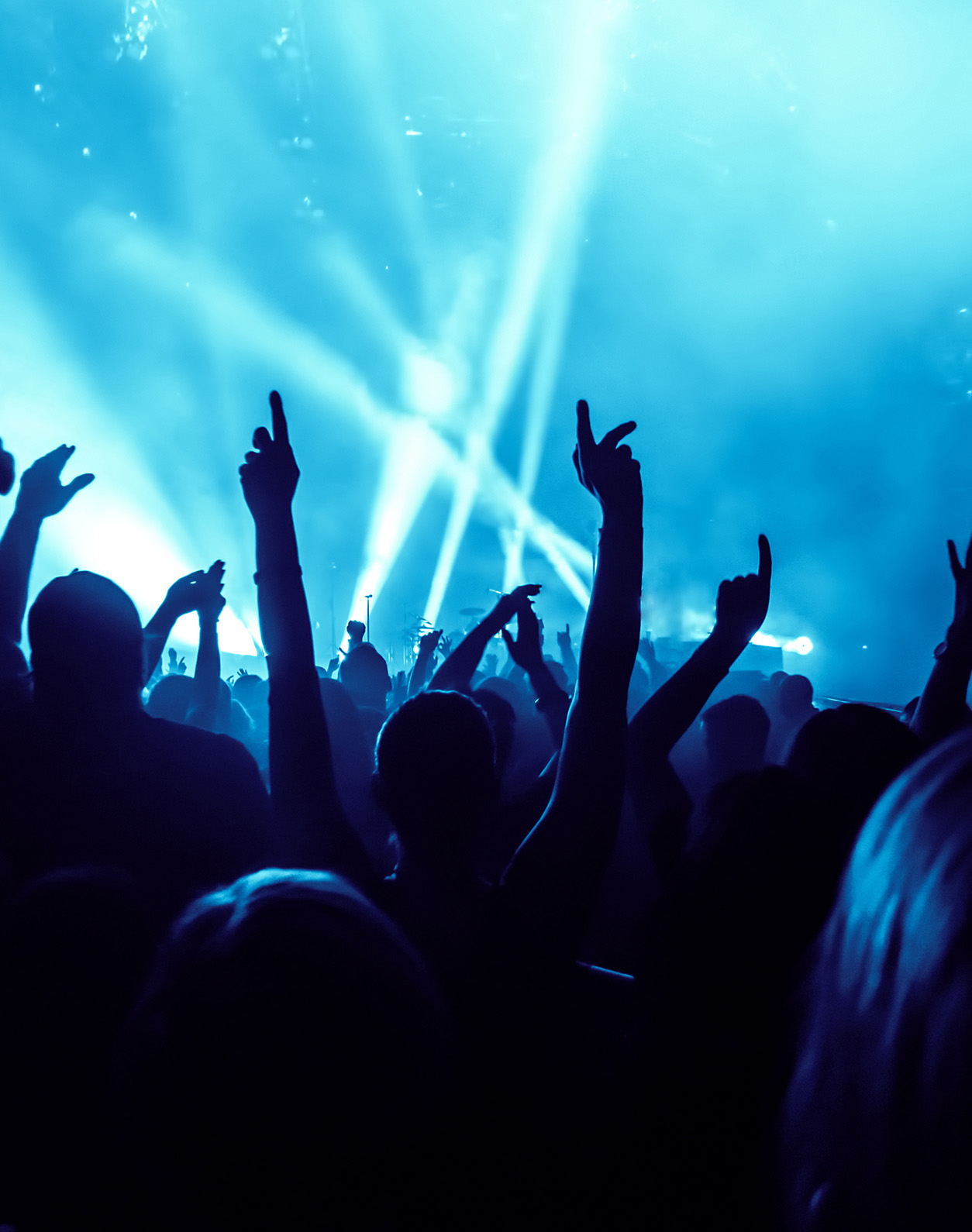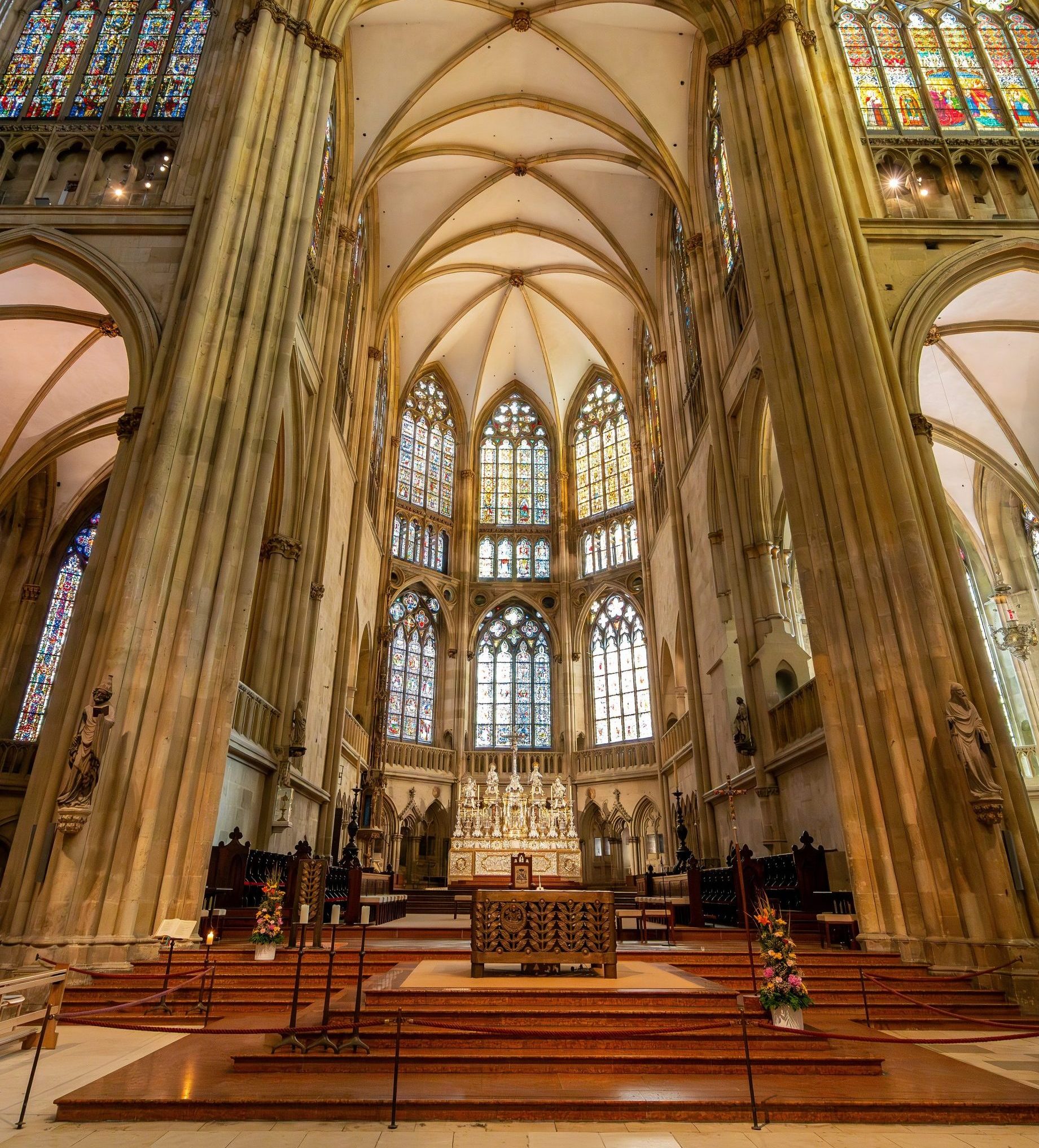Article
An Introduction to Spatial Audio bringing a deeper engagement between performer and audience
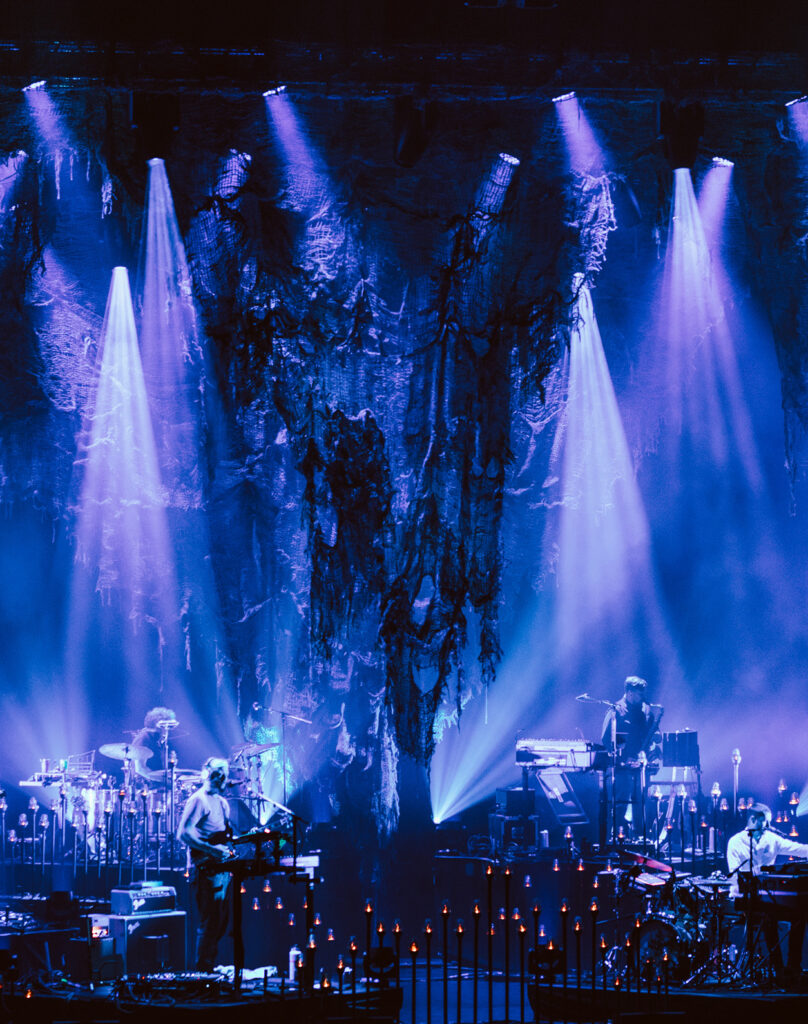
When German inventor Johann Philipp Reis installed an electric loudspeaker into his “Reis Telephone,” he would revolutionize both telecommunication and the potential of sound itself. His use of electronic signals to transmit a voice paved the way for the future advancement of sound as a technology and an art form. In the century-and-a-half following his invention, technologists, musicians, and artists would go on to push the boundaries of our sonic experiences from personal audio systems to live concerts—to encourage human connection and create emotional resonance.
Stereo vs. Surround vs. Spatial Audio
One of the most exciting developments in recent years is the innovation of spatial audio. Its roots can be traced to the 1930s with the development of stereo sound and, in later years, surround sound. Today, spatial audio represents the most technologically advanced reproduction of sound, offering the greatest opportunity for musicians to achieve their artistic vision and for audiences to have a truly immersive sonic experience.
Imagine walking through a dense jungle, eyes closed, only able to experience the richness of the world around you through your sense of sound. That multi-dimensional soundscape delivers sound to you from above and below, left and right, in front of and behind you, and you can perceive it differently depending on the direction and intensity of its origin. You are not just hearing the world around you but experiencing it on a visceral level. Spatial Audio recreates this immersive experience. Fittingly, we refer to this as the Immersive Audio Experience.
To better understand Spatial Audio, we must understand its origins. An early innovation in sound technology was the development of stereophonic “stereo” sound. Using two audio channels, it delivers sound through a left and right speaker, which allows you to perceive sound differently from each speaker.
Shortly after introducing stereophonic sound, surround sound emerged. By arranging a series of speakers around a listener, sound engineers could deliver various sounds from various directions, causing the listener to experience something closer to a three-dimensional sound. Disney’s animated film Fantasia was the first to commercially use this type of sound design.
Although revolutionary, surround sound fell short because it only delivered sound from a single plane. Enter spatial audio. Through an arrangement of speakers that allows sound to come from above and below—in addition to multidirectional—audiologists can provide a multidimensional sound experience—in a sense, enveloping the listener in sound.
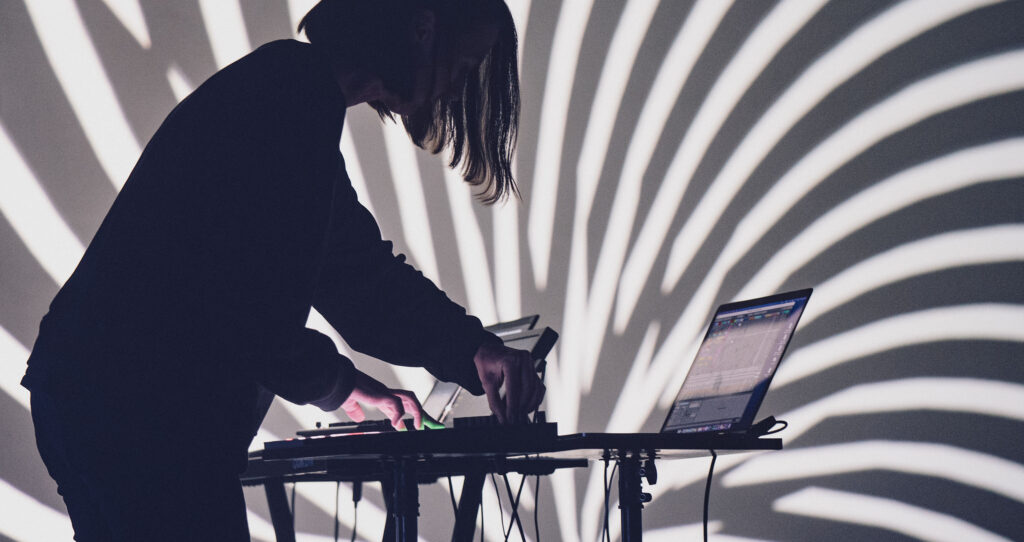
The Immersive Experience of Spatial Audio
In live music events, spatial audio is achieved through intentional placement of loudspeakers covering the entire performance area; to allow the artist to place sounds in specific locations, contributing to the creation of an immersive audio experience.
Creating an immersive sound experience for large-scale live music events isn’t as simple as placing a bunch of speakers throughout the performance area. The crux of the innovation is how software combined with additional hardware addresses the challenges resulting from multiple speakers delivering different directional aspects of sound with varying intensities. However, perhaps the greatest opportunity for creative innovation rests in its ability to place specific sounds where you want them to be throughout the performance area. This technology opens a pathway toward greater creativity for artists. This is how an artist can create a true spatial audio experience. We call this the “spatialization” of sounds.
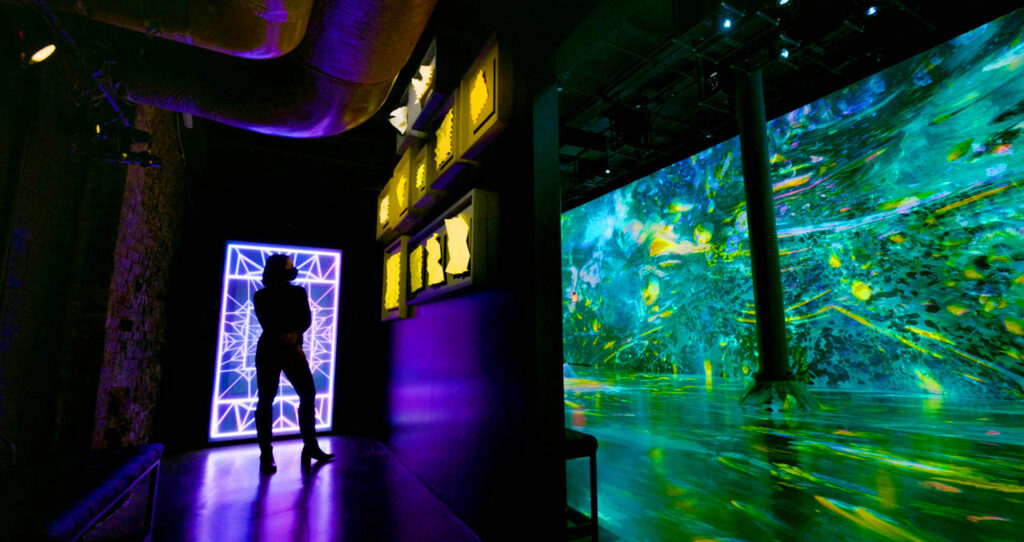
Sound that Moves You
The highest ambition of art is to stir emotion, to provide us with a sensory experience that allows us to feel more deeply. The artist’s role is to connect directly with our emotions, delivering a message that awakens us to the fullness of their expression. However, the available tools and technology can limit even the most skilled artists. Even more importantly, the most skilled artists can be expansive with their art form as more and more tools are available to them.
When we begin to understand sound as more than a utility but rather as an art form in and of itself, we become open to the full experience and expression of sound and its ability to move us most deeply.
Music is more than a combination of lyrics, harmony, and melody. It is a vibration that we feel. When we introduce spatial audio into the equation, we no longer become mere listeners of music but rather ones who experience it. We begin to cross the divide between musician and fan. We move beyond understanding what an artist is saying to feeling what they were feeling when they created their works. We become cosmically connected to the art and the artists themselves because we can experience the full, unlimited richness of the music they make.
Since spatial audio offers a multidimensional sound experience, artists and musicians can begin to consider sound not as the secondary delivery of a message but rather as the message in and of itself. Spatial Audio begs for a higher level of experience, the act of participation, and deeper engagement between performer and audience.
Since the origin of Aboriginal music, the combination of rhythm, chanting, and instrumentation communicated a message beyond what words and visual cues can. As an art form, sound can communicate something external and intrinsic to itself. It’s spatial audio that recreates sound and can potentially reinvent it.
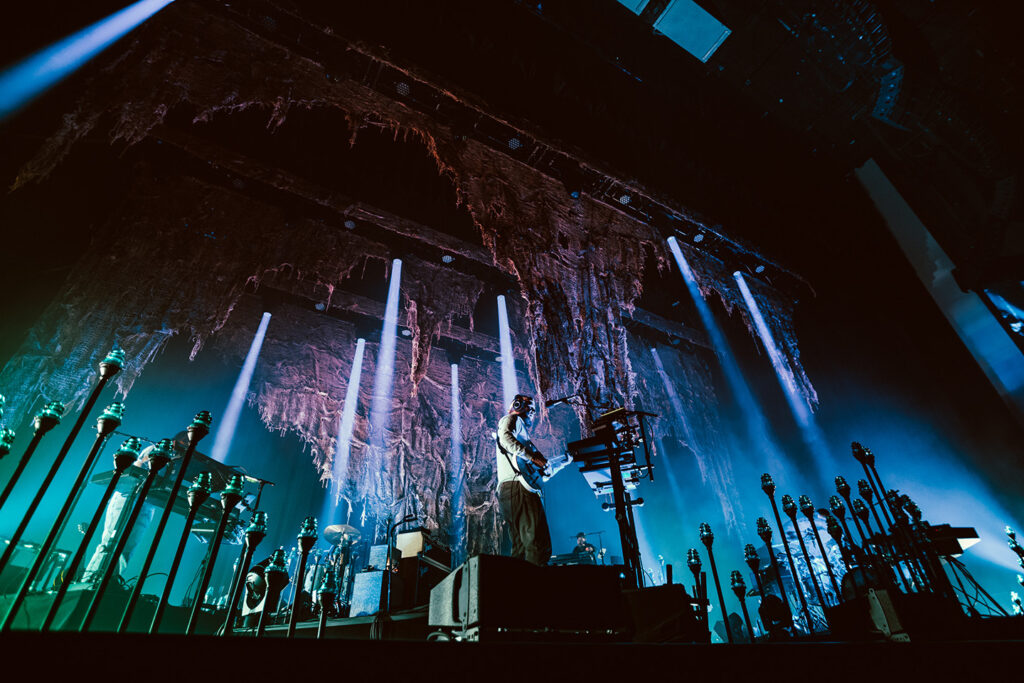
More from L-Acoustics
Technologies, solutions, news, and stories related to this video.
